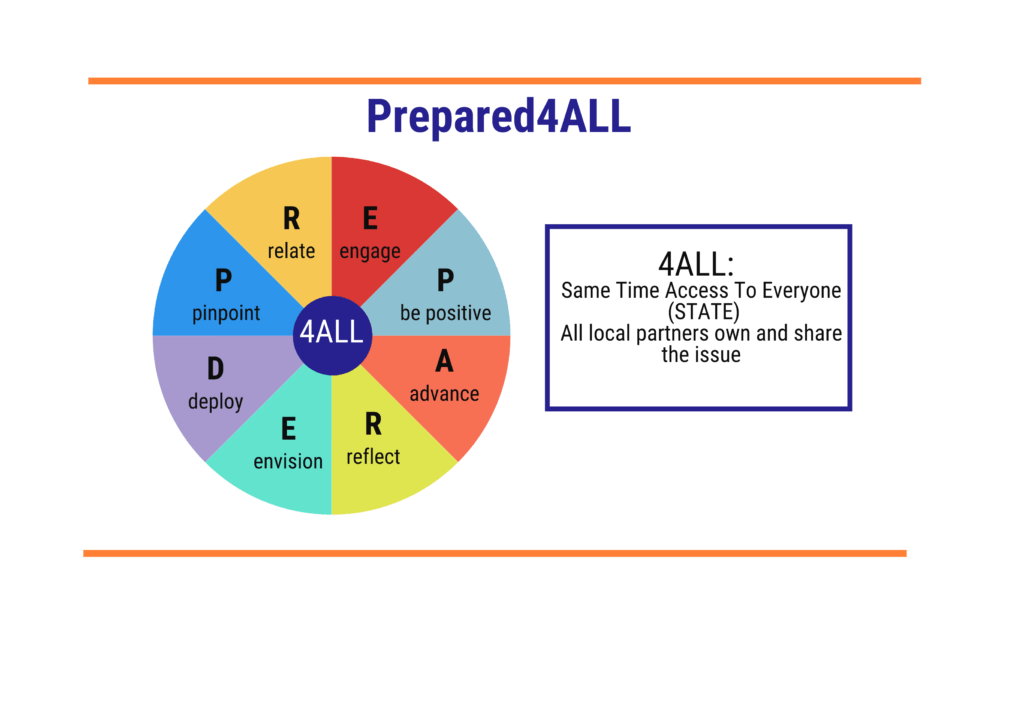Planning Community Stakeholder Meetings _review
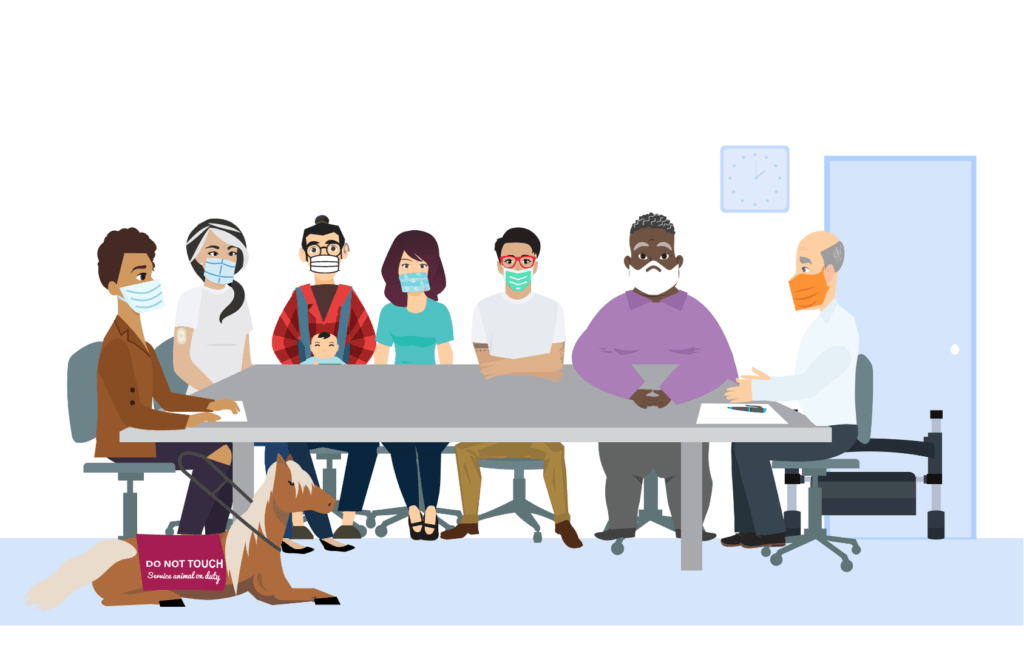

PJ: Terrye, you remember our Prepared4ALL Action Team, right? You met them on an earlier visit. We plan Community Stakeholder Meetings together with the Prepared4ALL Action Team. The goal of a Community Stakeholder Meeting is for community stakeholders to review the local emergency plan(s) with emergency and public health preparedness planners to find and close any gaps.
Folks, we’d better get moving…the Community Stakeholder Meeting is about 6 weeks away. We have the agenda from our last meeting. We kept notes of what went well and what didn’t.
Here’s what we need to do:
1. Set the Community Stakeholder Meeting date and time
?Think about what to consider when setting the Community Stakeholder Meeting date and time. We want to make sure as many people as possible can attend the meeting. What are some things we should think about?
Rachel’s Response

People who work during the day may want to have evening meetings but people with children may have childcare issues at night. People who work on shifts may not have the same free time as others.
Some people who work can’t get time off to meet during the day. Local government staff may have so many meetings that they don’t have a lot of available time. Some local government staff may have union rules to follow.
2. Identify the place for the meeting
? Again, we want to make sure as many people as possible can easily get to the meeting. What should we consider about the meeting location?
Franny and Marco’s Response [Signing]:
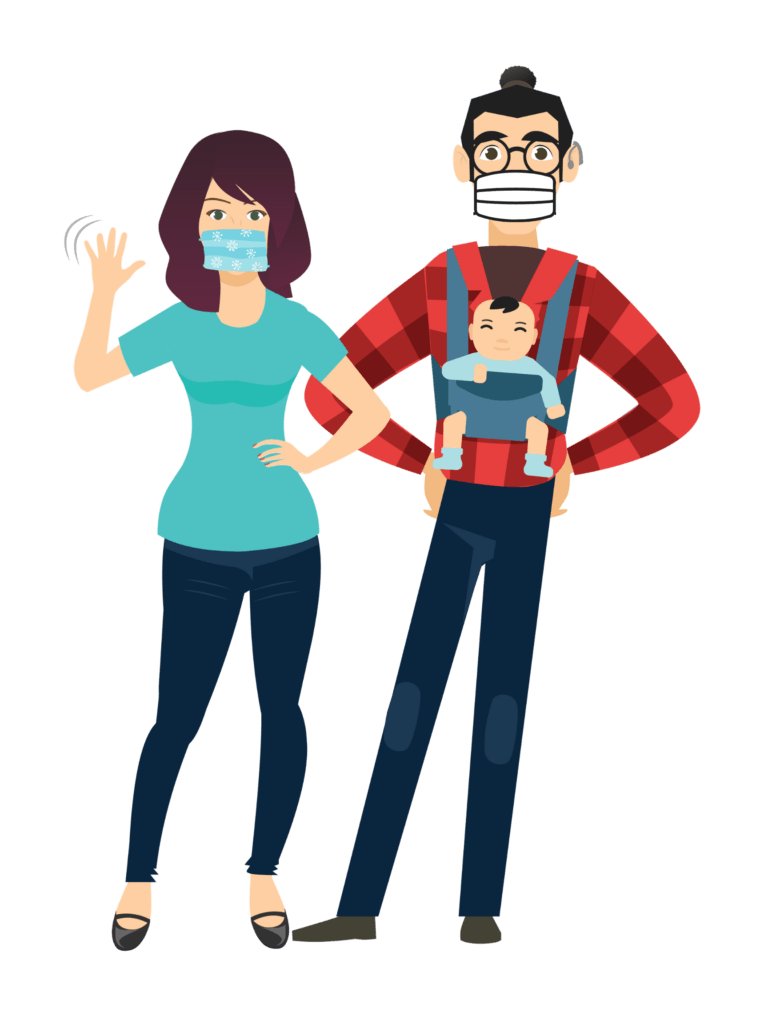
Meetings should be near public transportation, which many people rely on. The meeting building must have accessible entrances, exits, restrooms and meeting rooms, etc. This is the law for public meetings.
The meeting room must be set up in an accessible way. For example, remove some chairs to make room for wheelchairs and scooters at the table. Make sure there is a clear path to move around the room. Remove obstacles on the floor. Make sure there is space at the table for sign language and non-English language translators, as needed.
If there’s going to be a presentation make sure it is accessible, with large enough text, proper use of headings, and is available in other accessible formats. Images should have “alt text” descriptions. If the meeting is held remotely, use an accessible online meeting tool.
If remote, make sure the meeting is accessible by smartphones, landline phones, computers, and tablets. Remember that some people do not have computers or smartphones.
3. Send out meeting invitations
Send out meeting invitations far enough in advance. Remember that some people may not have computers and may need to receive an invitation by mail or phone call. Some people may need a paper copy of the meetings materials to read in advance.
The meeting invitation should include a statement that the meeting will be in an accessible location and that reasonable modifications (accommodations) will be available upon request. Provide a contact name and phone number/email to ask for modifications (accommodations).
Meetings may be held in person when it’s safe and health to do so, remotely using technology, and/or by phone. Some people may prefer to join a meeting by phone instead of coming in person or being on a computer.
Which of the following are reasonable meeting modifications (accommodations)?
– Preferential seating
– Extra space at the meeting table for needed equipment or technology
– Notetakers
– Extra space in the meeting room for support persons
– Phone call before the meeting to answer questions
– Moving the meeting to someone’s house
Rafe’s Feedback

Rafe: The above and more are all likely to be reasonable modifications (accommodations).
Remember that high cost alone does not make a modification (accommodation) unreasonable.
?What about remote meetings? Should reasonable modifications (accommodations) be offered for remote online meetings?
Rafe’s Response

Reasonable modifications (accommodations) should be offered for remote online meetings.
For example, note-takers may be needed and print may need to be enlarged for on-screen viewing. There may be unique modifications for these meetings.
4. Set meeting roles
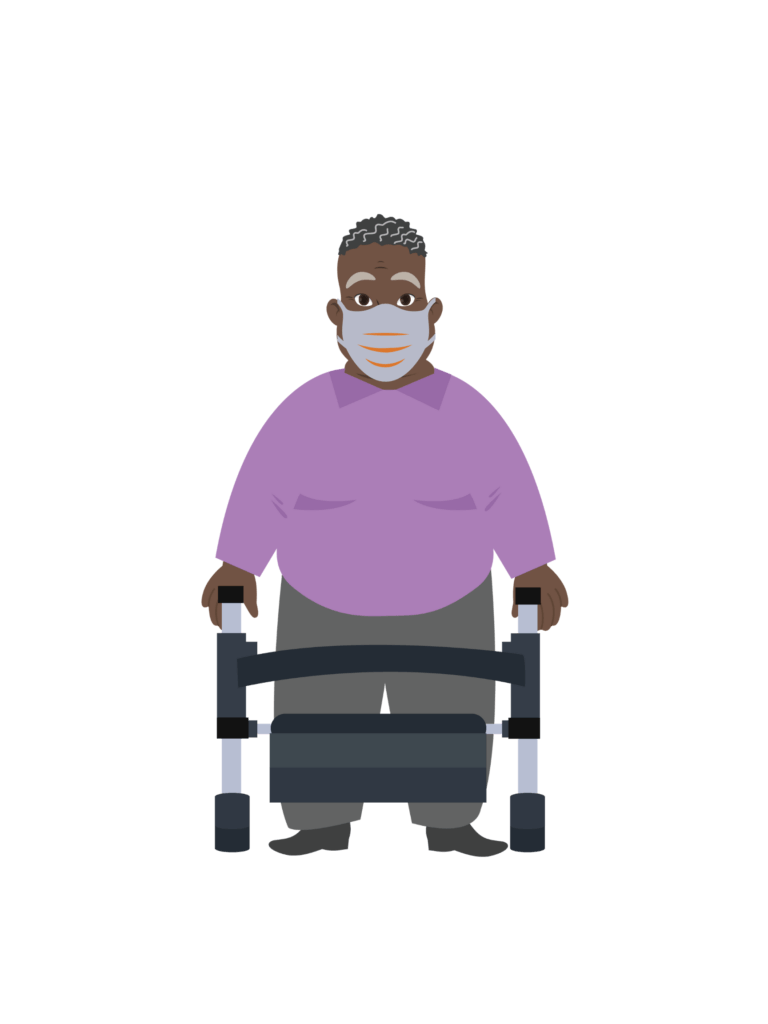
Allen: Look at the meeting role description, Terrye.
Community Stakeholder Meeting Roles:
Consider how to prepare participants in advance and who will act as:
1. Meeting facilitator to lead the discussion. Most often the local emergency or public health preparedness planner will call the meeting, which must be held in a public building. They may also lead the discussion. Some communities find it helpful for someone from a disability or other community-based organization to run the meeting.
2. •Timekeeper to keep the meeting moving and end discussion, if needed. To keep track of important information that isn’t relevant to the meeting, use a “parking lot” list. A parking lot is a handwritten or computer list of other important information that the group wants to remember. Often the parking lot list is posted on a wall so that others can see it, and it is shared after the meeting.
3. Recorder to record responses in the Workbook. This person is the key to capturing all the good ideas that come from the meeting.
4. Disability community experts (with lived and professional expertise)
5. Other community members (with lived and professional expertise)
6. Emergency plan expert to summarize the plan at the beginning of the meeting and refer back to the plan as needed. This should be someone who knows the local emergency plan well. They should also know about local emergency response practices that may not be in the plan.
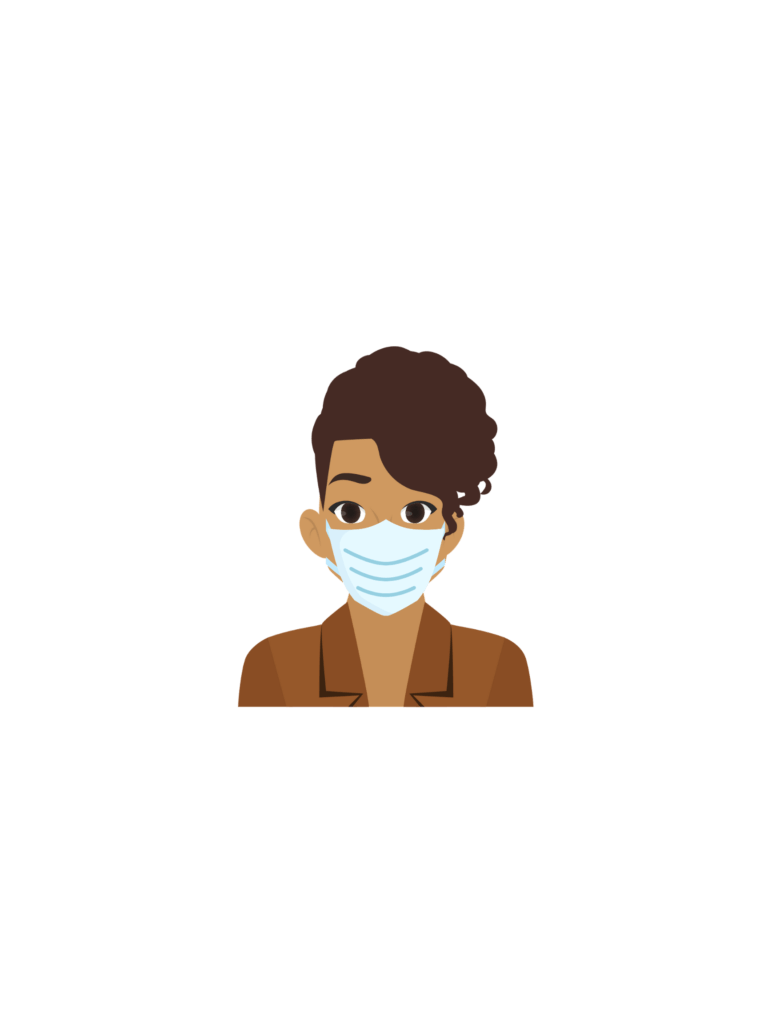
Carrie: Send out the agenda, emergency plan, and Workbook in advance for people to review if they can. Here’s a sample agenda.
Community Stakeholder Meeting Sample Agenda
1. Introductions (including Community Stakeholder Meeting roles: facilitator, timekeeper, recorder, plan expert, other experts)
2. Review meeting goals
3. Briefly review the Workbook and meeting process
4. Summarize the local emergency plan and emergency response practices (sometimes common practices aren’t recorded in the plan)
5. Complete the Workbook
6. Determine next steps and responsibilities. How will meeting notes be shared?
7. Share handouts and resources
–Self-preparedness handouts for disability community member participants and other community and organizational representatives
–Disability awareness-raising handouts for emergency planners, managers, responders and community officials

Carrie: Think about this agenda for a minute.
During the meeting, you can use the Prepared4ALL wheel to find strengths and make a plan to close gaps.
?Carrie: Think about how you would use one part of the Prepared4ALL wheel to find strengths and make a plan to close gaps during a Community Stakeholder Meeting.
Carrie’s Response
As you hear from Rachel and others on the Action Team and Disasterville residents, think about how what they say compares to your ideas.

Rachel: Pinpoint: Find the local disability inclusion issue. The first issue is finding gaps and areas of strength in the local emergency plan. The emergency management and public health agencies are already pinpointed. Now the planners need to pinpoint the other local government agencies to involve.
Relate: Find local organizations with related goals for collaboration.
Engage: The Prepared4ALL Action Team members and other community representatives can think about which other groups to involve and then engage with them. This is also an opportunity for the local planners to engage with them.
Positive: While reviewing the workbook, be positive and think about the strengths in the local plan, positive emergency response practices, and the local community’s strengths. Think about what you can do.
Advance opportunities: When prioritizing which gaps to close, choose some gaps which can be closed easily. “Fast and easy wins” will move the group forward. Think about collaborator strengths and leverage them to decide on gap closing strategies.
Reflect: At the beginning of the meeting, reflect about what brought the group together. During the meeting, think about how solutions to other challenges might be used to close emergency plan gaps. Before setting priorities, reflect about what needs to be dealt with immediately. Reflect on the number and kinds of gaps and strengths identified. Look for patterns related to strengths, gaps, and solutions. At the end of the Community Stakeholder Meeting, reflect on what the participants accomplished.
Envision: During the discussion, envision more than one way to close a gap. Then envision the best way to close that gap. Who would be the best person or people to implement the gap closing solution? What resources do they already have and what else do they need to be successful?
Deploy: Make an Action Plan to put the gap closing solutions into action. Be ready to review and revise action steps moving forward.

Rachel: Remember “4All.” At the meeting ask whether the solutions meet the STATE test. Do the solutions give “Same Time Access To Everyone?” Do all local partners own and share the issue?

EM: Let’s move from talking about planning to a closer look at the Active Planning Workbook. The Workbook is a guide to lead you through the Community Stakeholder Meeting.

